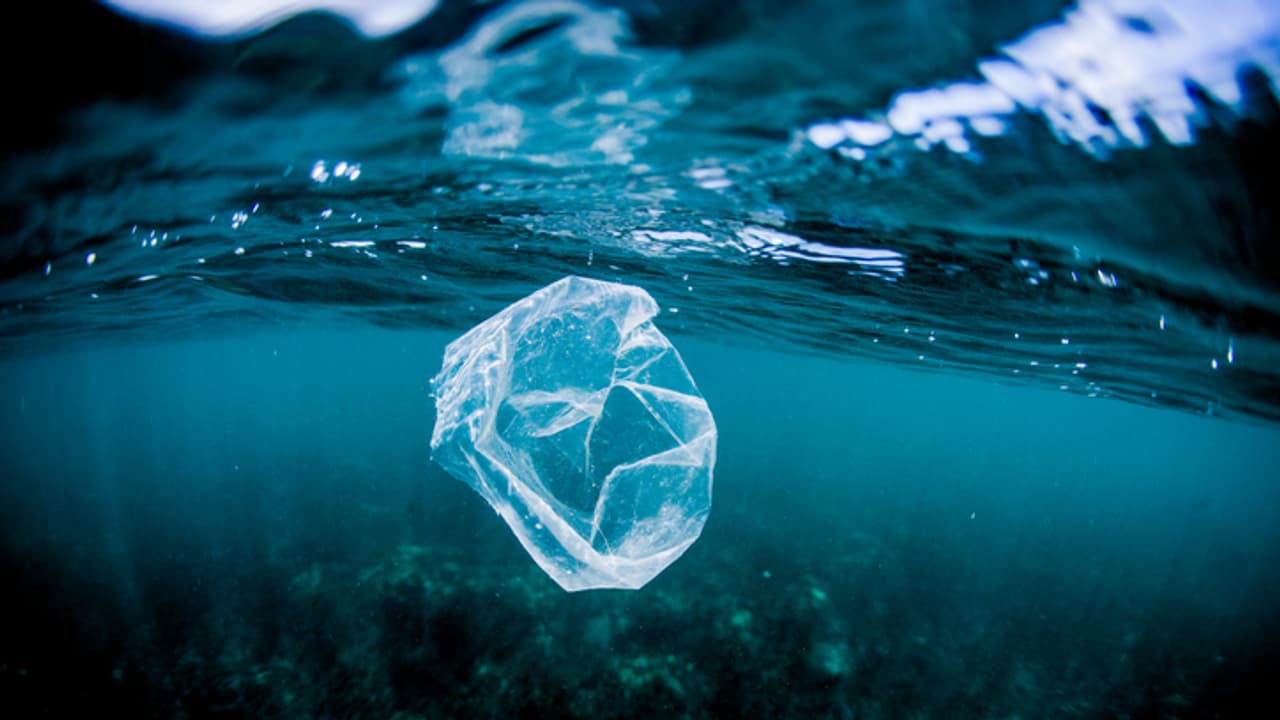Scientists have developed a new type of biodegradable plastic, LAHB, that breaks down even in deep-sea conditions. Unlike common biodegradable plastics, LAHB decomposed significantly at 855 m underwater, offering a solution to plastic pollution.
Plastic pollution is one of the world’s most pressing environmental problems. Millions of tonnes of plastic end up in our oceans every year, harming marine life and causing irreversible damage. Even plastics labelled as “biodegradable” often don’t break down in cold, deep-sea environments. That’s why scientists are searching for truly eco-friendly alternatives to save the planet and save lives.
In a recently published study, scientists have created a new kind of plastic that can break down naturally even at the deep bottom of the ocean. This plastic alternative offers hope in our fight against climate change and plastic pollution.
Developing Biodegradable Plastic
A team of scientists from Japan has made a major breakthrough. They have developed a special type of biodegradable plastic, called LAHB, that decomposes even under harsh deep-sea conditions. LAHB stands for poly(d-lactate-co-3-hydroxybutyrate). It is made using microbes and contains natural ingredients like lactic acid. Lactic acid is a compound found in sour milk and sore muscles.
The research was led by Professor Seiichi Taguchi of Shinshu University, along with Dr Shun’ichi Ishii of Japan’s Marine-Earth Science and Technology Agency (JAMSTEC), and Professor Ken-ichi Kasuya of Gunma University.
How Was the Experiment Done?
To conduct the experiment, researchers placed two types of LAHB plastic films with different amounts of lactic acid, 855 metres (2,800 feet) underwater, off the coast of Hatsushima Island in Japan for a period of 7 and 13 months. After 13 months, it was found that the plastic had lost more than 80% of its weight. It broke down significantly due to the activity of deep-sea microbes.
They also included a common biodegradable plastic called PLA (polylactide), used in many products today, as a comparison. After 13 months, PLA film, however, showed no signs of breaking down, not even a scratch.
It clearly shows that PLA can’t break down in deep-sea environments, whereas LAHB can, proving to be more eco-friendly.
What Broke Down the Plastic?
To understand how the plastic degraded, scientists looked at the microbial communities, known as the “plastisphere”, that formed on the surface of the plastic.
Under a microscope, they found that biofilms (thin layers of bacteria) had formed on the LAHB films but not on the PLA film. These bacteria are the key players that helped decompose the LAHB plastic.
Why This Matters
Most biodegradable plastics that are readily available in the market only break down under certain conditions like in compost facilities or shallow water. They remain unchanged for years in colder environments in the deep ocean. This provides no real solution to the global problem of plastic pollution.
However, this recent study proves that LAHB can decompose in those conditions, making it one of the first plastics shown to naturally break down at such depths.
According to a 2022 report by the OECD, about 1.7 million metric tonnes of plastic waste flow into our oceans every year. Most of it stays there, damaging marine ecosystems. Having a plastic that naturally breaks down even on the ocean floor could make a big difference.
“This research addresses one of the most critical limitations of current bioplastics — their lack of biodegradability in marine environments. By showing that LAHB can decompose and mineralize even in deep-sea conditions, the study provides a pathway for safer alternatives to conventional plastics and supports the transition to a circular bioeconomy,” says Professor Seiichi Taguchi, the lead researcher.
While reducing the production of harmful plastic is important, developing biodegradable materials is also necessary. This discovery could help us solve the plastic pollution crisis while protecting the marine life.
